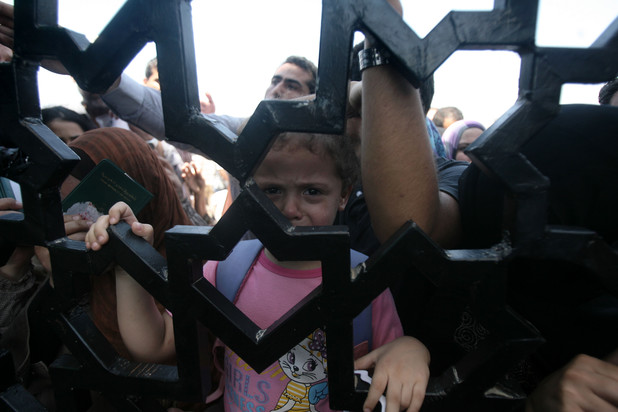Tag: Rafah
-
UPDATED: Urgent Action alert: Rescue team delivering urgent humanitarian aid to Rafah at risk
4th August 2014 | International Solidarity Movement | Gaza, Occupied Palestine UPDATED: Thanks to all the people who contacted their representatives and the foreign offices of the UK, Sweden, and the USA! The Palestinian human rights defenders, joined by international volunteers, safely delivered mattresses, food, and water to citizens in Rafah today. ******* Call your representatives and the foreign…
-
Gaza Ministry of Health: “Al Najar Hospital in Rafah evacuated as Israeli genocidal rampage continues”
1st August 2014 | Gaza Ministry of Health | Gaza, Occupied Palestine The Ministry of Health Gaza announces the closure of Al Najar Hospital in Rafah, due to Israeli shelling in the vicinity compromising its ability to guarantee the safety of patients and staff. The hospital has now been evacuated, bringing to four the number of…



